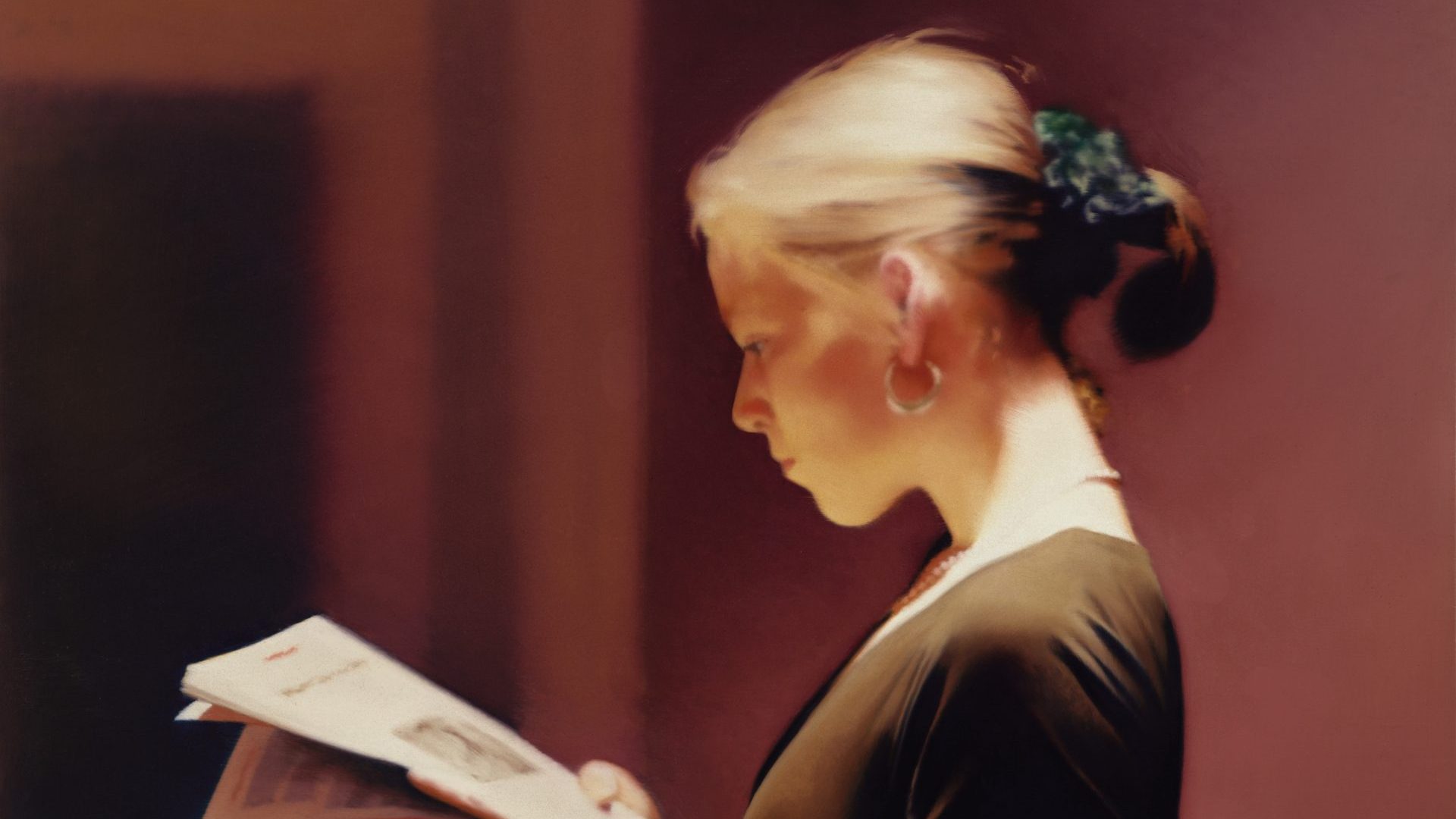Everything at the Fondation Louis Vuitton in north-west Paris screams epic. Its galleries are housed within an outer explosion of architecture where “sails” embrace the core building and rivulets of water cascade towards the building and through it. This jaw-dropping construction was designed by the celebrated Canadian-American Frank Gehry.
Inside, the gallery’s vast interior spaces are suited for monumental canvases and large-scale sculpture. This is is perfect for a major retrospective of work by the Dresden-born artist Gerhard Richter (b. 1932). Over 11 galleries, there are 275 works –paintings, drawings and sculpture – dating from 1962 to 2024.
Now 93, Richter is recognised as one of the most influential living artists, and also as a man who refuses to be pigeonholed, to do the expected. He has produced giant abstract canvases with colour layered on by squeegee, delicate sculpture, landscapes that have been compared to ther work of Caspar David Friedrich, stained glass windows and deeply unsettling blurred photo-based paintings.
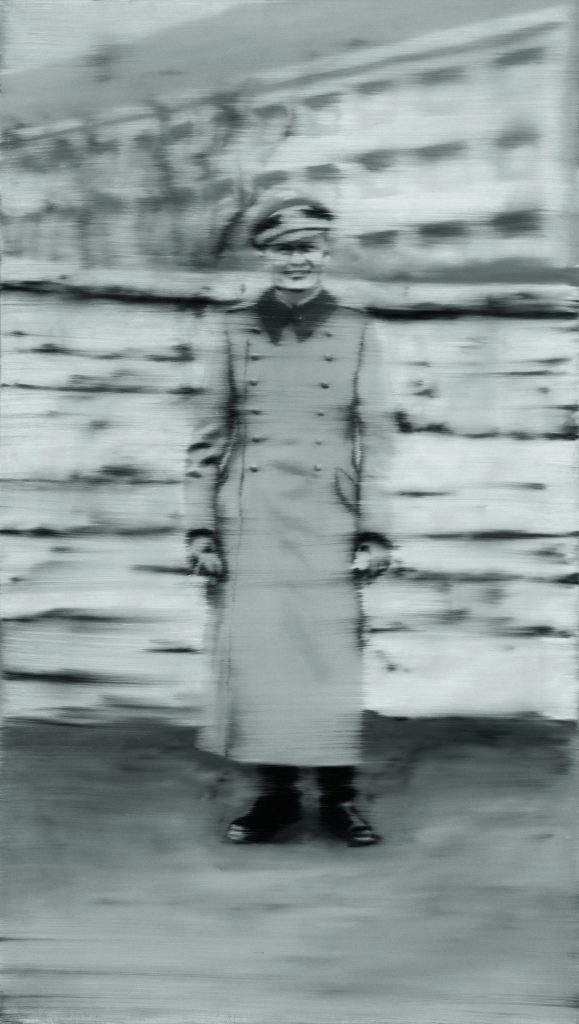
(Uncle Rudi), 1965. Image: Gerhard Richter/Fondation Louis Vuitton
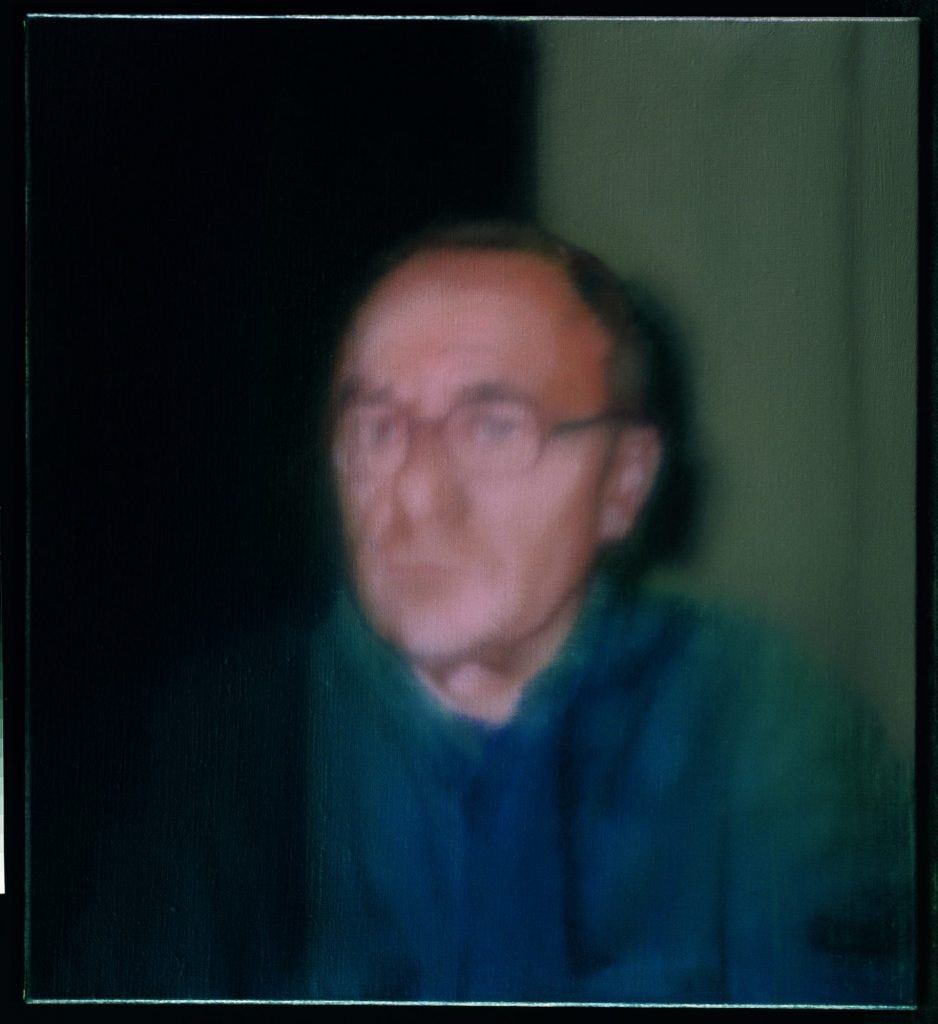
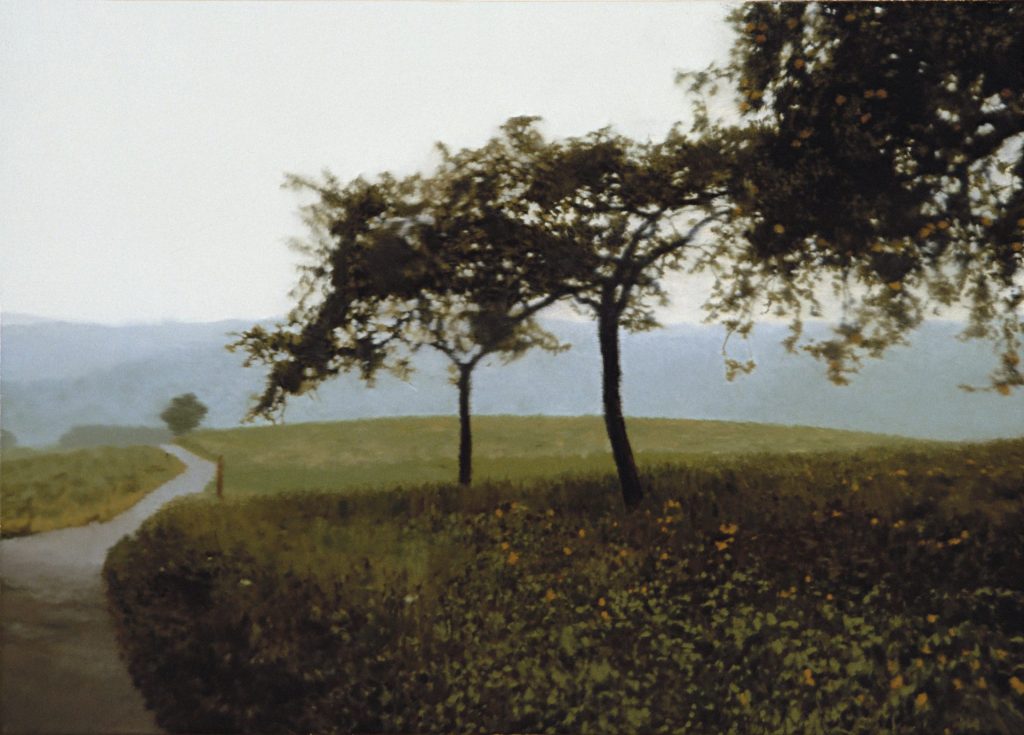
Starting out, he studied mural painting at the Dresden Academy of Fine Arts from 1951 to 1956 and then, in 1961 just before the Berlin Wall was built, he fled East Germany with his wife Ema. His murals at Dresden’s Academy of Arts and Hygiene Museum were covered over in retaliation.
The Richters first settled in Düsseldorf, where he studied painting at the State Academy of Fine Arts. After setting up his own studio in 1964 and exhibiting his work in public galleries, he taught there for 20 years, from 1974-1994, as a professor of painting.
In 1976 Richter painted his first large abstract painting, Konstruktion, a precursor of his abstract series of the 1980s that would bring him to global attention. A decade later came Abstraktes Bild, which in 2015 sold at Sotheby’s for £30.4million.
Making this tour of a restless career happen are two guest-curators: Sir Nicholas Serota, former director of England’s Tate galleries, and the distinguished German curator of contemporary art Dieter Schwarz, both of whom have previously curated landmark expositions of Richter’s work.
They begin with the artists’s personal memorabilia including the painting Onkel Rudi (Uncle Rudi), 1965, of Rudolf Schönfelder in uniform, his uncle killed in 1944 on the western front in France; and another of Marianne Schönfelder, his aunt, murdered at Großschweidnitz Psychiatric Hospital in 1945, the year his father was released from prisoner-of-war captivity.
Suggested Reading

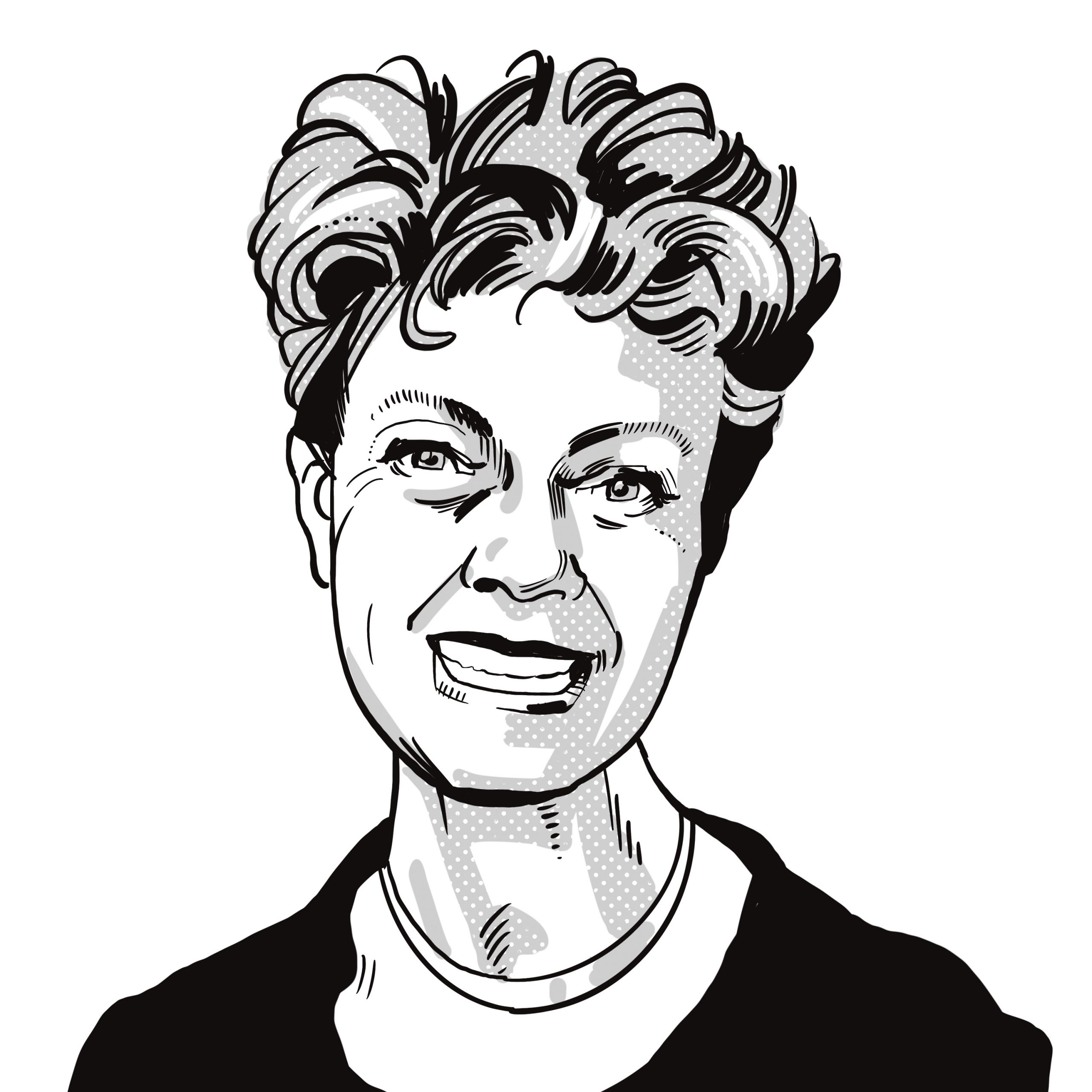
The new grand tour: charting Italy’s art geography
Here in the first room is the important No 1 in his catalogue raisonné, Tisch (Table), 1962, an example of Richter’s work evolving from paintings based on magazine photographs and an indication of later historic multipart works, such as 48 Portraits, created for the 36th Venice Biennale in 1972. His visit to that city inspired another series, The Annunciation after Titian, 1973, where the Angel and the Virgin Mary dissolve before our eyes.
The 1988 multipart series 18 Oktober 1977, was Richter’s moving, figurative reflection on the prison deaths of members of the German terrorist Baader-Meinhof Gang, also known as the Red Army Faction (RAF). The series received strong criticism in Germany. It links to the shiny blood-red drips of Gudrun, 1987, created with Richter’s “squeegee” up-sweeps of primary colours in a masterful abstract painting, which references Gudrun Ensslin of the RAF, who died on October 18, 1977.
Later Richter approached a deeper observation of German history in the series Birkenau, 2014, “out of shame, pity or religious feeling,” he remarked. It was sourced from four secret photographs taken in 1944 by Sonderkommando deportees.
Richter’s art, like the art of van Gogh or Cézanne, does not fit into an art category or “movement”. One can recognise influences; Ema (Nude on a Staircase), 1966, a naked portrait of his first wife, is on the spectrum of Marcel Duchamp’s 1912 Nude Descending a staircase No 2 (Philadelphia Museum of Art) but Richter makes it new, different.
For Richter admirers, Schwarz and Serota do not disappoint. In their magnificent portrayal, they include Richter’s mist-strewn landscapes, like Apfelbäume (Apple Trees) 1987, and Reader, 1994 – with its touch of Vermeer – and monumental works, such as the two-part Lilak (Lilac), 1982, or the smaller Kerze (Candle) from the same year; and the outstanding abstract, 4900 Farben (4900 colours), 2007.
Throughout the galleries there are sculptures in glass, reflecting Richter’s interest beyond the painted surface. He began in 1967 with 4 Glasscheiben (4 Panes of Glass), using large panes of clear glass, or windows of glass, freestanding or propped against a wall.
Observing his 2004 work 11 Scheiben (11 panes) is to look through stacked glass panes into a void of emptiness. Richter calls them “pictures of nothing”. It makes one think, of everything.
The large containers of paint that once underscored his emarkable works have now been relinquished. The artist abandoned painting in 2017, to concentrate on drawing. Today, at 93 years, living in Cologne, he prefers to work at a desk rather than the days when he created on the wall or floor, waiting for a space big enough to match his vision.
Gerhard Richter is showing at the Fondation Louis Vuitton, Paris, until March 2, 2026

